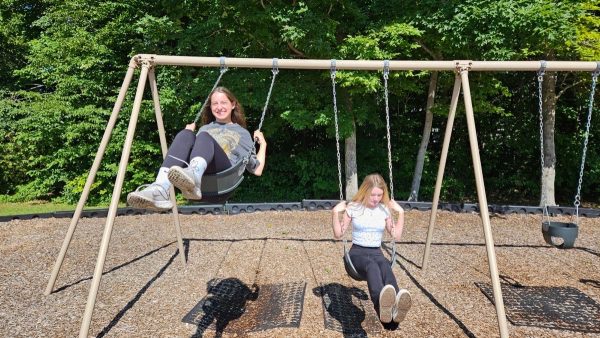Analyzing the group project: why does something that’s meant to improve students often fail?

Flat style vector illustration, discuss social network, news, chat, dialogue speech bubbles
I think every student—from high schoolers to college students—has experienced, at least once in their life, the absolute pleasure of participating in a group project. Whether it be by choice or not—likely not—it seems that they always tend to leave a sour mood among the students who participate in them.
I will admit that the complaints about group projects can be slightly exaggerated in some instances, but it’s almost universally acknowledged—at least by the majority of students—that group projects are widely disliked.
But, there is a question that we have to ask: why are they so widely disliked? Or, more accurately, why do they fail the majority of the time for students?
But a question we have to ask ourselves is why are they so widely disliked? Or more accurately, why do they fail a majority of the time for students?
The first thing to address when discussing group projects and why they are prone to fail is the purpose behind them and what they hope to create.
We have all been told that group projects are meant to reinforce skills in leadership, task management, communication, and problem-solving to a certain degree.
That makes sense on a logical premise; a massive part of the working industry—marketing, advertisements, game developers, etc.—largely revolves around people who need to work and coordinate together to finish the task assigned to them by either their team leader or the company itself.
However, there are differences in circumstances that need to be applied when comparing the group projects in the working environment and the educational environment.
In the work environment, people put into a task force often have more time and a well-balanced scheduling plan than students who are placed for the same assignment do on an average day.
That is usually because in the workplace, the task assigned to a person is likely their job and their main focus. They were hired to do that task while the student, on the other hand, has multiple tasks they need to complete on top of doing their own.
Additionally, the people hired to do the group project will often have varied skill sets to match their assigned task while students randomly put together could have any imaginable cluster of skills, some of which may not even be useful for the project.
Accountability can also be argued, to some extent, since most students only have the teacher as their main source of human resources and the main figure of authority if someone is not pulling their own weight. But, the teacher can’t make someone do the work or remove them from the group without having consequences for the team’s workload.
On the other hand, the workplace provides a boss who can remove a substandard employee and replace them with a person better-suited with little to no consequence on the group or their workload.
Overall, it seems the main issue with the group project model in the school environment is the fact that students and teachers can’t fully replicate the circumstances group projects need to complete in order for them to become successful in their aim.
Perhaps further models must be explored to combat these issues, or maybe these issues can’t be changed since they are a product of human nature and authority restriction. All we know is that serious growth and thought must be put into questioning whether group projects really fulfill their purpose or not.

Ava is a senior entering her second year writing for the Central Trend. She strives to be a passionate writer, hopelessly curious about all topics, and...





























































































